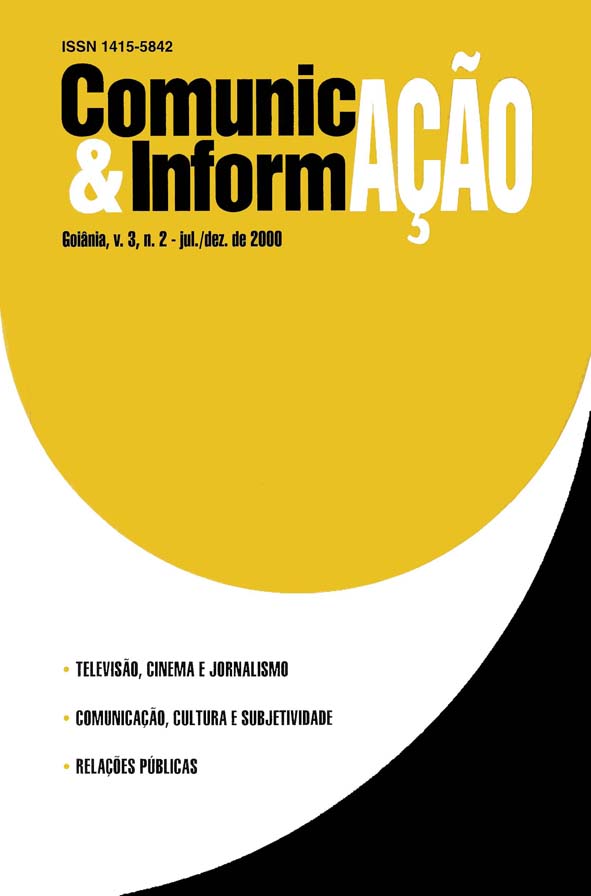The pastoral bulletin in the red light district of Campinas
DOI:
https://doi.org/10.5216/c&i.v3i2.22871Keywords:
Igreja e prostituição.church and communication. community journalism. church and prostitution.Abstract
The action of the Marginalized Woman Pastoral (a Catholic Organization) from Campinas (State of São Paulo, Brazil), centered in the neighborhood Jardim Itatinga - one of the largest prostitution areas in Latin America - it is characterized by the rescue of the citizenship and by reintegration of those women in the society, in a active and becoming way. Beyond the assistencialy action - that isalso accomplished, like as vocational courses — the Sisters of the Good Shepherd's Congregation see the prostituted woman like a society victim because they do not have another survival alternative. In the production of the newsletter "Cinta Liga" - with the support of the Journalism Course from PUC / Campinas - the Pastoral repeats, according communication researchers, the same authoritharistic pattern used by Christian Church and by the mass media communication, although the differentiated content.Downloads
Downloads
Published
How to Cite
Issue
Section
License
Os autores dos trabalhos publicados na revista Comunicação e Informação retêm os direitos autorais sem restrições e concedem à revista o direito de primeira publicação, com o trabalho simultâneo licenciado sob a Licença Creative Commons Atribuição-NãoComercial que permite o compartilhamento do trabalho para fins não comerciais com reconhecimento da autoria e o privilégio de publicação primeiramente por esta revista. Caso o texto venha a ser publicado posteriormente em outro veículo, solicita-se aos autores informar que o mesmo foi originalmente publicado como artigo na revista Perspectiva, bem como citar as referências bibliográficas completas dessa publicação.
Os direitos autorais dos artigos pertencem aos autores e o conteúdo dos artigos assinados é de responsabilidade exclusiva dos autores.
A revista se reserva o direito de efetuar, nos originais, alterações de ordem normativa, ortográfica e gramatical, com o intuito de manter o padrão culto da língua, respeitando, porém, o estilo dos autores.
A revista também se reserva o direito de traduzir o artigo, no todo ou em parte, para o inglês ou para o português, dependendo do idioma em que o artigo tenha sido escrito originalmente.



